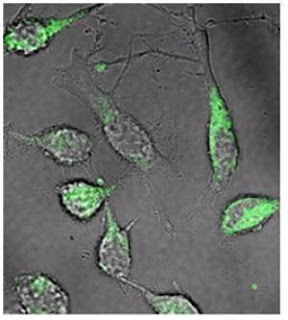
Testosterone makes us overvalue our own opinions at the expense of cooperation, research from the Wellcome Trust Centre for Neuroimaging at UCL (University College London) has found. The findings may have implications for how group decisions are affected by dominant individuals.
Problem solving in groups can provide benefits over individual decisions as we are able to share our information and expertise. However, there is a tension between cooperation and self-orientated behaviour: although groups might benefit from a collective intelligence, collaborating too closely can lead to an uncritical groupthink, ending in decisions that are bad for all.
Attempts to understand the biological mechanisms behind group decision making...



























